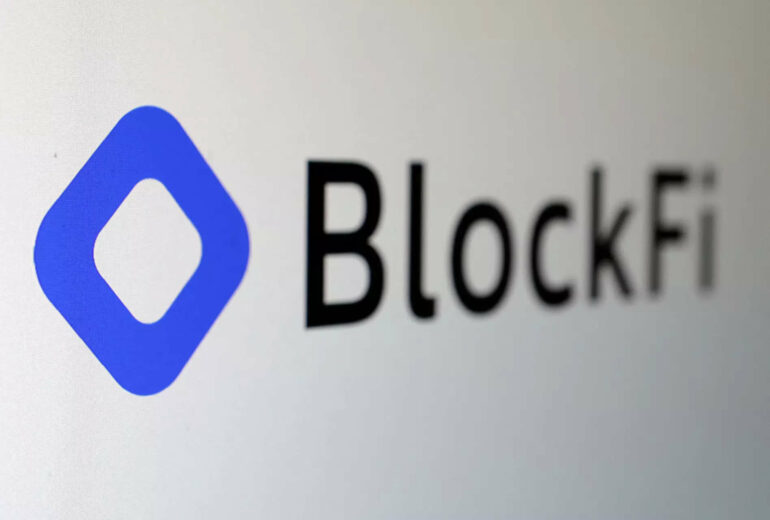- A bankruptcy judge has ruled in favor of returning $300 million to the custodial account holders of BlockFi.
- The judge denied the crypto lender’s customers from laying claim to an additional $375 million in its interest-bearing accounts.
- The ruling comes more than five months after the crypto lender filed for bankruptcy last year.
A New Jersey Judge ruled earlier today that BlockFi users who held custodial accounts with the crypto lender are entitled to receive nearly $300 million from those custodial accounts. The ruling comes as much-needed positive news for the users who have been stranded since November 2022 when the crypto lender filed for bankruptcy.
BlockFi Users Can’t Lay Claim To $375 Million From Interest-Bearing Accounts
According to a report by Bloomberg, Judge Michael Kaplan of the U.S. Bankruptcy Court for the District of New Jersey, almost $300 million can be returned to users who held their funds in BlockFi’s custodial wallets. The bankruptcy judge ruled that those assets were not the property of the crypto lender’s bankruptcy estate.
The court finds that all digital assets held by the debtors in custodial omnibus wallets are indeed client property and not the property of the bankruptcy estates, subject, of course, to possible avoidance and clawback rights.”
However, in the matter of the crypto assets worth $375 million lying in BlockFi’s interest-bearing accounts, Judge Kaplan ruled that the bankrupt crypto lender’s customers had no claim to them. The users had tried to transfer those assets to secure digital wallets on November 10, 2023, when BlockFi filed for Chapter 11 bankruptcy. At the time the company’s app confirmed the completion of said transfers, but the amount was not reflected in the users’ digital wallets.
“The user interface did not accurately reflect the transactions,” the judge stated while ruling that all transfers that were initiated by interest-bearing account users after 8:15 pm on November 10, 2022, were completed. Judge Kaplan has permitted BlockFi to cancel all those transactions and retain the crypto assets.
Source: Read Full Article

